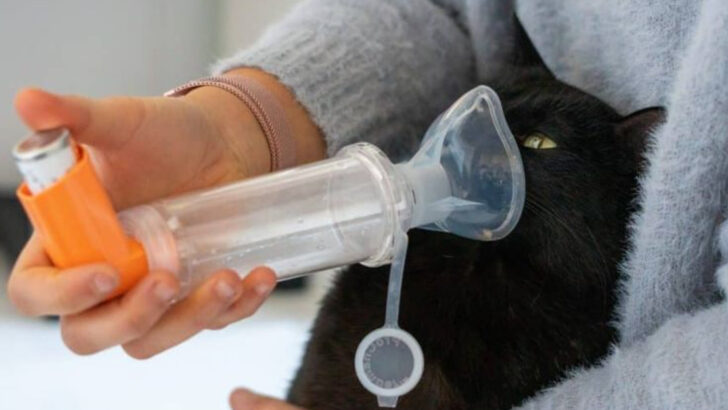One minute your cat is the queen of the couch, the next she’s hiding under the bed—and you’re left wondering what’s wrong.
Cats are masters of disguise when it comes to pain and illness. They won’t wave a red flag when something’s wrong—they’ll quietly suffer unless you spot the clues.
From sneaky tummy troubles to silent infections, knowing the common dangers could save your best friend a lot of pain—and maybe even her life.
Let’s pull back the curtain and reveal the health problems every cat owner needs to have on their radar.
Feline Lower Urinary Tract Disease (FLUTD)
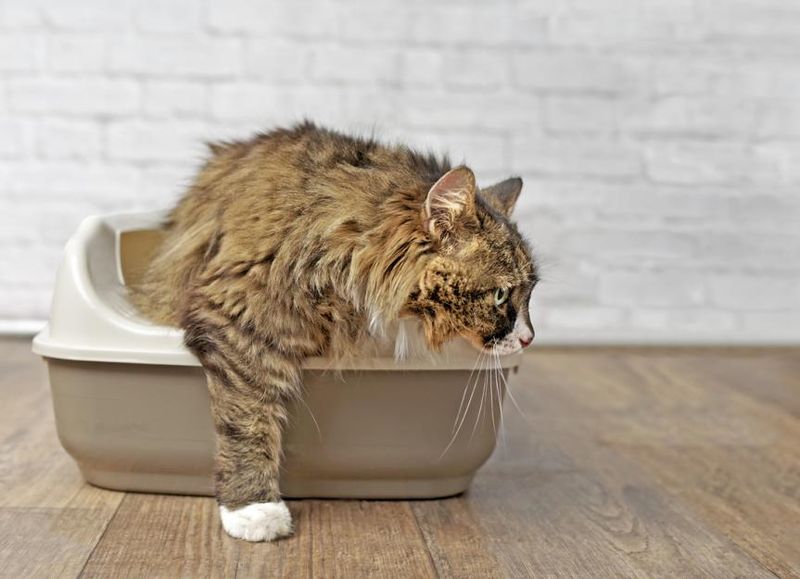
Feline Lower Urinary Tract Disease, often abbreviated as FLUTD, is a common but serious condition in cats. It affects their bladder and urethra, causing discomfort and frequent urination. Cats may strain to urinate or even cry out, indicating their pain. Stress, obesity, and a dry diet are contributing factors.
Addressing this ailment involves ensuring your cat has fresh water and considering a wet food diet. If you notice symptoms, consult a vet promptly to avoid complications like blockages. Providing a stress-free environment can also help prevent FLUTD.
Chronic Kidney Disease (CKD)
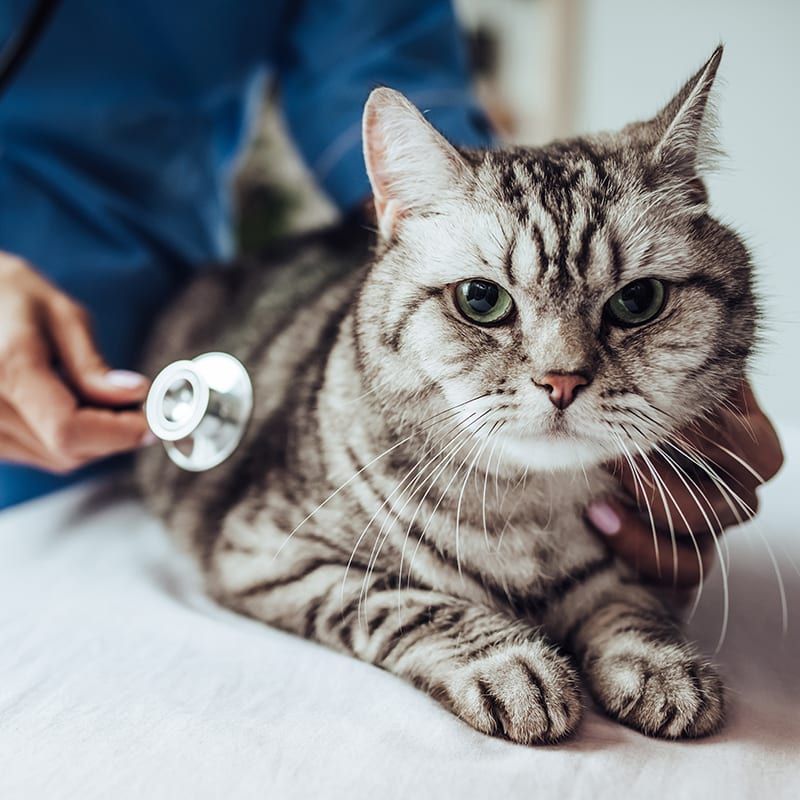
Chronic Kidney Disease is a progressive condition that often affects older cats. The kidneys fail to filter waste from the blood efficiently, leading to toxin build-up. Symptoms include increased thirst, frequent urination, and weight loss. Early detection through regular vet check-ups can make a significant difference.
Dietary management, including low-phosphorus foods, can slow the disease’s progression. It’s vital to monitor your cat’s hydration and overall health vigilantly. A supportive home environment and attention to changes in behavior can greatly enhance your cat’s quality of life.
Feline Immunodeficiency Virus (FIV)
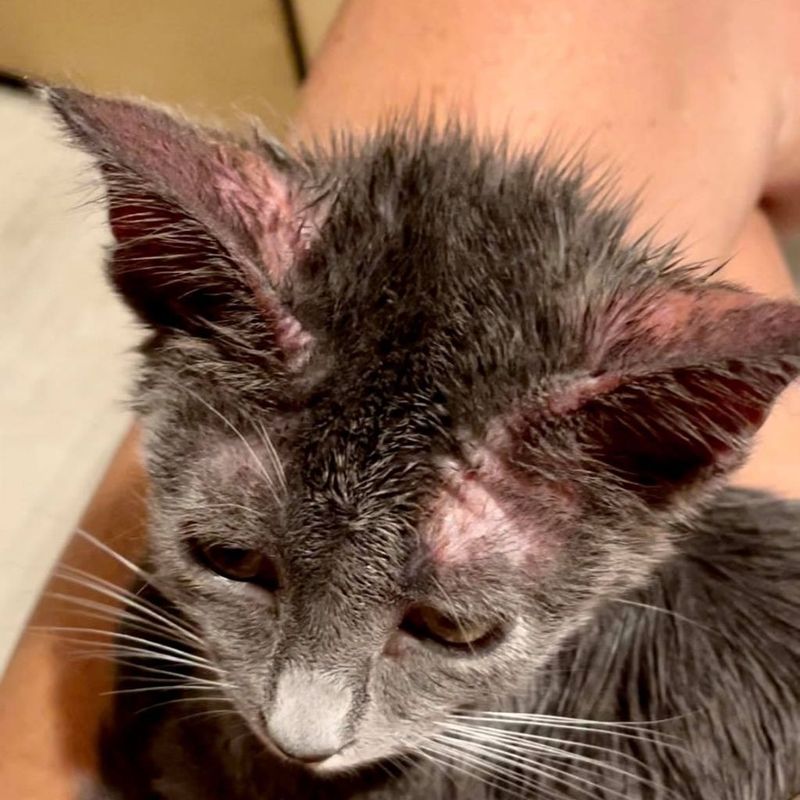
Feline Immunodeficiency Virus, akin to HIV in humans, weakens a cat’s immune system. It’s primarily spread through bites from infected cats, so outdoor cats are at higher risk. Symptoms may not appear until years after infection, including weight loss, fever, and swollen lymph nodes.
While there’s no cure, supportive care and maintaining a stress-free environment can help manage the condition. Regular vet visits are crucial for monitoring health. Keeping your cat indoors and away from aggressive felines can prevent the spread of FIV and protect your pet.
Feline Leukemia Virus (FeLV)
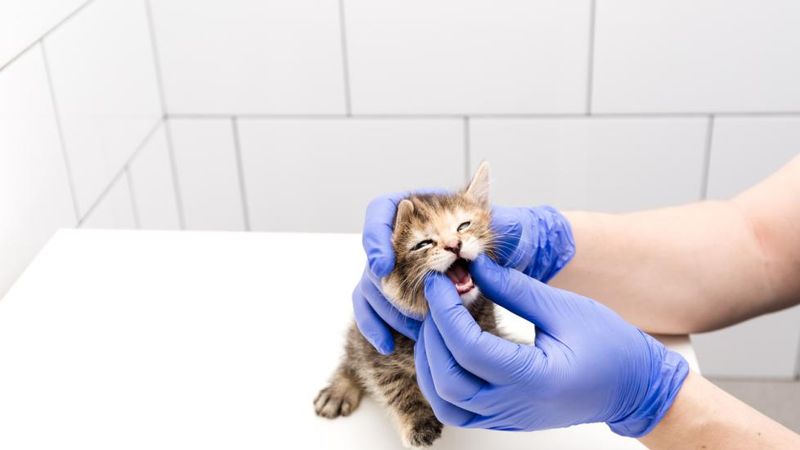
Feline Leukemia Virus is a leading cause of illness and death in domestic cats. It suppresses the immune system, making cats vulnerable to infections. Transmission occurs through saliva, blood, and close contact with infected cats. Symptoms include anemia, weight loss, and recurring infections.
Vaccination is available and can protect against FeLV. Regular vet check-ups and a clean, safe environment are essential for prevention. If your cat is infected, supportive care and isolation from other cats can manage symptoms and improve life quality.
Feline Herpesvirus (FHV)
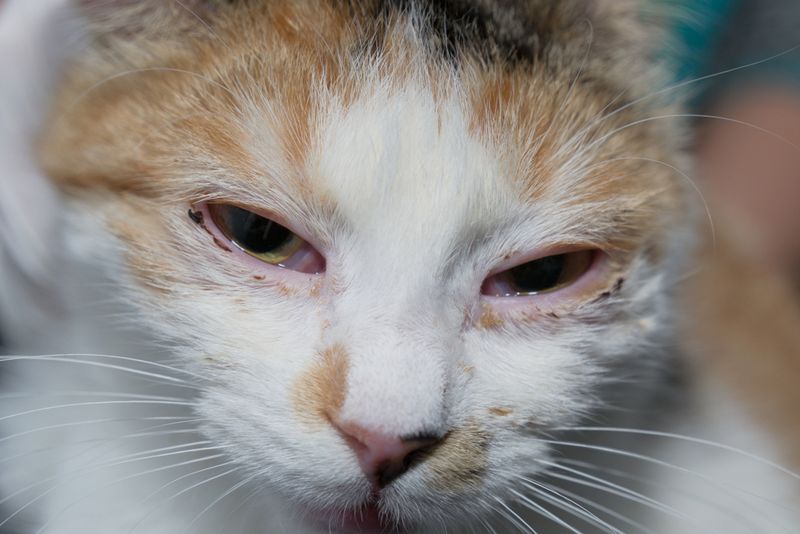
Feline Herpesvirus is a contagious virus causing respiratory infections in cats. Common symptoms include sneezing, eye discharge, and lethargy. Stress can trigger flare-ups, making it essential to maintain a calm environment.
While there’s no cure, treatments focus on symptom management and preventing secondary infections. Vaccination can reduce severity. Ensuring your cat is comfortable and stress-free, along with timely veterinary care, is key to managing FHV. Regular cleaning of their environment also helps in controlling the spread of the virus.
Feline Calicivirus
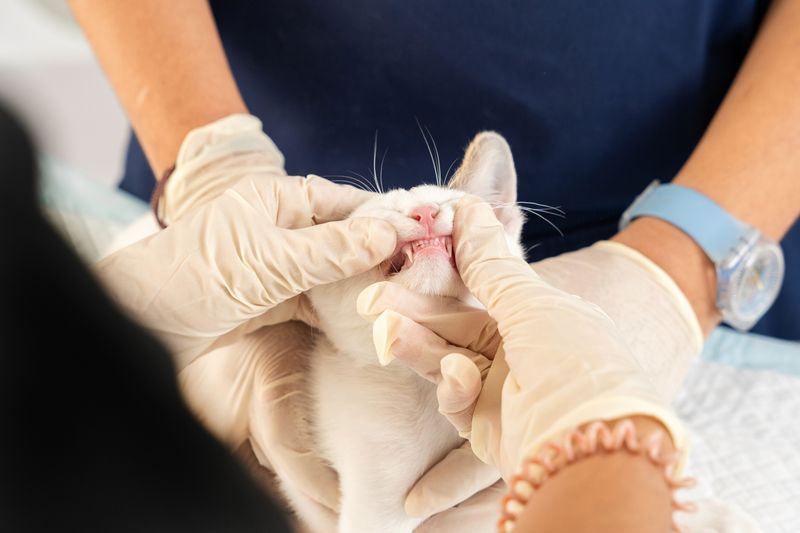
Feline Calicivirus is a common respiratory virus in cats, causing symptoms like sneezing, nasal discharge, and mouth ulcers. It’s highly contagious among cats, spreading through direct contact and shared spaces.
Vaccination can prevent severe infections, though it doesn’t eliminate the virus. Supportive care, like maintaining hydration and providing soft food, aids recovery. Keeping affected cats isolated and their environment clean helps control outbreaks. Regular vet visits ensure proper management and reduce complications.
Hyperthyroidism
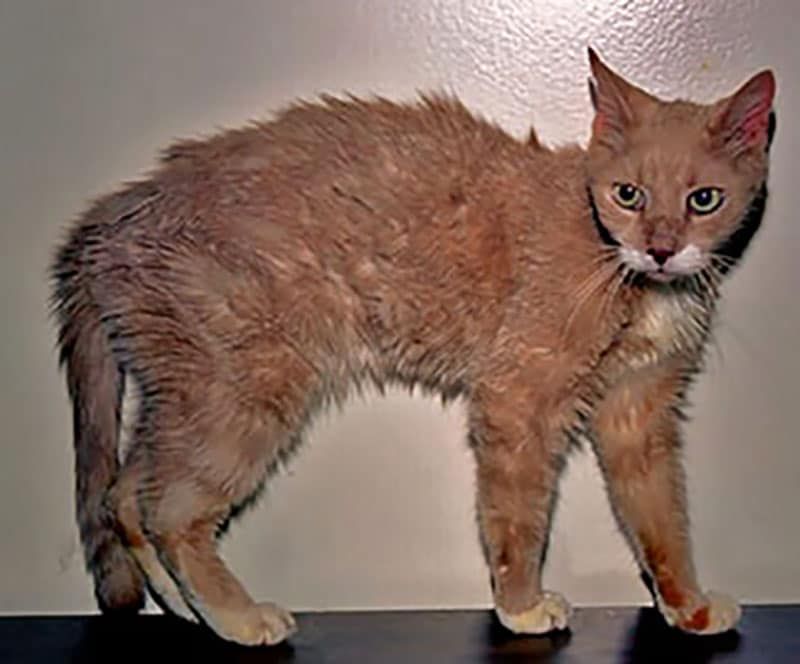
Hyperthyroidism is a common endocrine disorder in senior cats, caused by an overproduction of thyroid hormones. Symptoms include weight loss, increased appetite, and hyperactivity. Early diagnosis through routine blood tests can lead to effective treatment options.
Medication, radioactive iodine therapy, and dietary changes are among the management strategies. Monitoring your cat’s behavior and health closely aids in timely intervention. A balanced diet and regular vet visits are crucial in managing this condition and ensuring your cat’s comfort.
Diabetes Mellitus
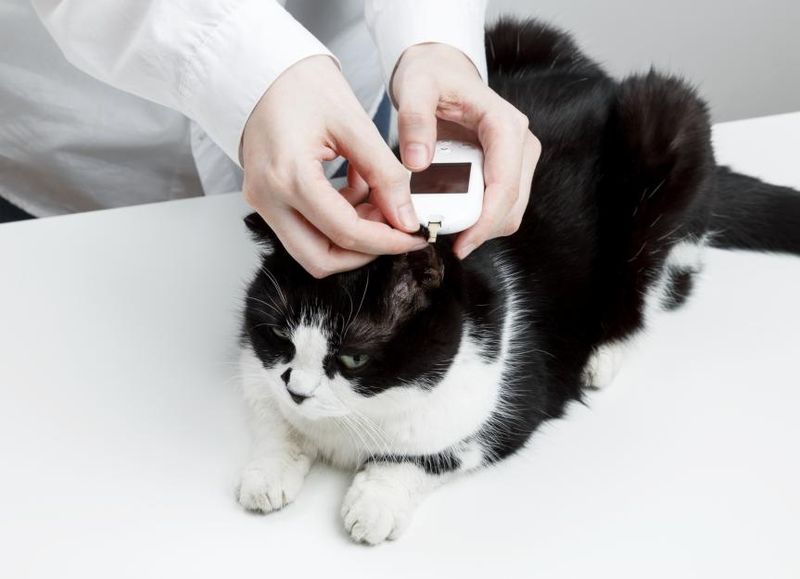
Diabetes Mellitus is a serious condition where cats are unable to regulate blood sugar levels. This is often due to insulin resistance or inadequate insulin production. Symptoms include excessive thirst, frequent urination, and weight loss despite increased appetite.
Management involves a combination of diet, insulin therapy, and regular monitoring. Early detection through veterinary check-ups can prevent severe complications. A stable routine and healthy diet are key to controlling diabetes in cats. Regular exercise also helps in maintaining a healthy weight and blood sugar levels.
Heartworm Disease
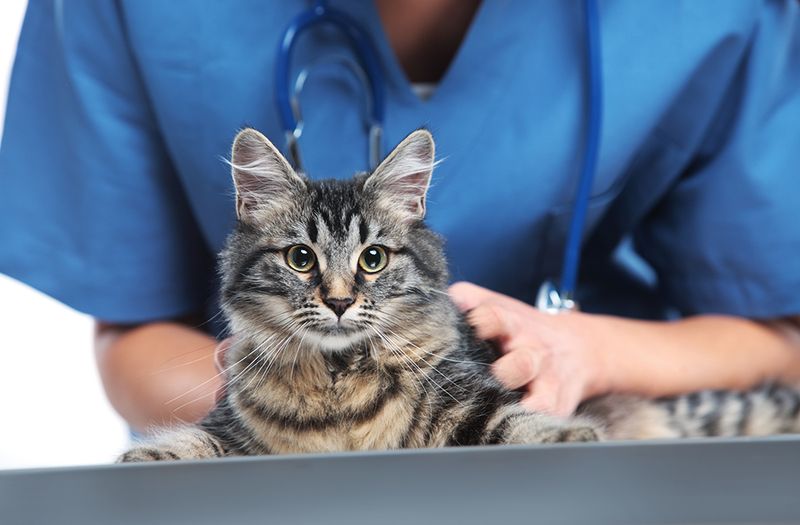
Heartworm Disease, though more common in dogs, can severely affect cats. Transmitted through mosquito bites, the worms reside in the heart and lungs. Symptoms include coughing, breathing difficulties, and lethargy. Unlike dogs, there is no approved treatment for heartworm in cats.
Prevention through monthly medication is the best approach. Regular vet visits for heartworm testing are important for early detection. Ensuring your cat is protected from mosquitoes, especially in warm months, reduces the risk. Attention to respiratory signs aids in identifying potential issues.
Pancreatitis
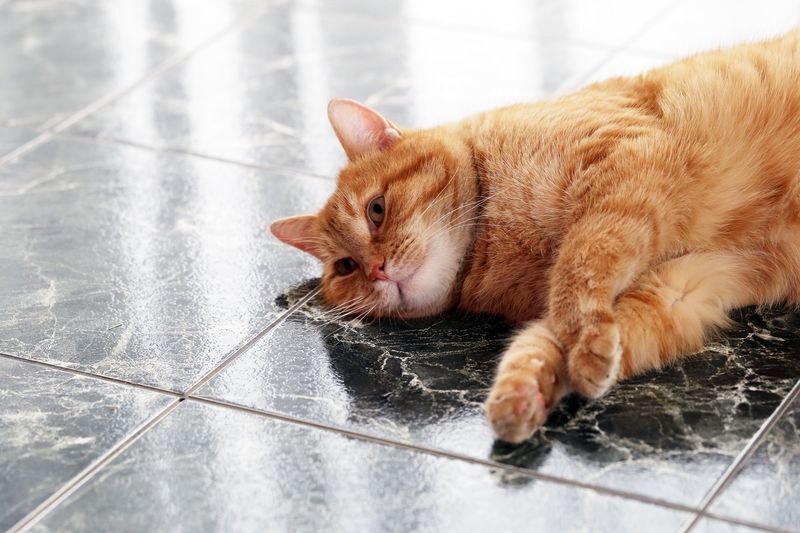
Pancreatitis, inflammation of the pancreas, is a painful condition in cats. Causes include dietary indiscretion and infections. Symptoms are often vague, including lethargy, vomiting, and abdominal pain. Early diagnosis through ultrasound and blood tests is vital for effective treatment.
Management involves supportive care like fluid therapy and pain relief. A low-fat diet and stress reduction can help prevent flare-ups. Monitoring your cat’s behavior and promptly addressing changes is crucial. Maintaining a healthy weight also reduces the risk of pancreatitis, ensuring overall well-being.
Dental Disease
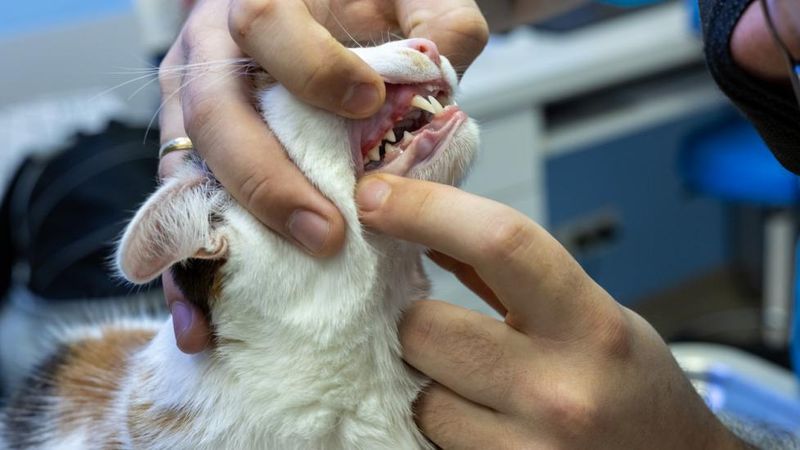
Dental Disease is a prevalent issue in cats, leading to pain and systemic health problems. Tartar build-up, gingivitis, and periodontitis are common dental issues. Symptoms include bad breath, drooling, and difficulty eating. Regular dental check-ups and cleanings are essential for prevention.
Home dental care, like brushing and dental treats, supports oral health. A balanced diet and regular vet visits help maintain your cat’s dental well-being. Observing your cat for signs of discomfort during eating ensures timely intervention. Healthy teeth contribute to a happy, healthy life for your feline friend.
Obesity

Obesity in cats is a growing concern, impacting overall health and lifespan. Excess weight can lead to diabetes, arthritis, and heart disease. Symptoms include difficulty grooming, reduced mobility, and lethargy. Regular vet visits for weight monitoring and guidance on diet are essential.
A balanced diet and exercise are key components in managing weight. Interactive toys and feeding puzzles encourage activity. Monitoring food intake and providing portion control support weight loss efforts. Ensuring your cat maintains a healthy weight enhances quality of life and prevents related health issues.
Asthma
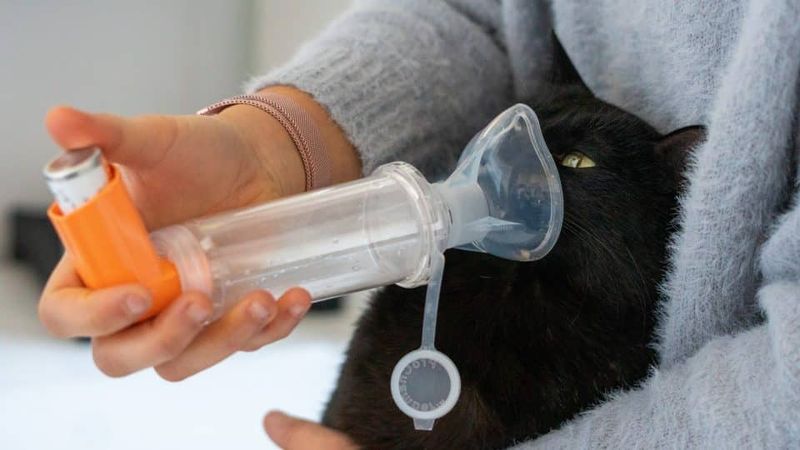
Asthma in cats is a chronic condition affecting the lower airways, causing coughing and wheezing. Triggers include allergens and stress. Symptoms range from mild to severe, requiring prompt veterinary attention.
Management involves identifying and minimizing triggers, alongside medication. Regular vet check-ups and monitoring are crucial for effective asthma control. Ensuring a clean, smoke-free environment helps reduce attacks. Observing your cat’s breathing patterns aids in detecting early signs of asthma and seeking timely help.
Ringworm
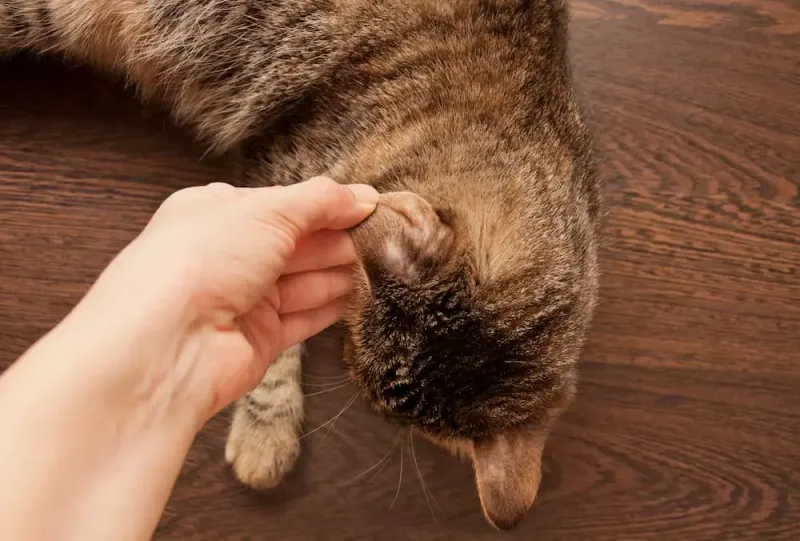
Ringworm is a fungal infection affecting a cat’s skin and fur. Despite its name, it’s not a worm but a contagious fungus. Symptoms include circular hair loss patches and itchy skin. Diagnosis involves fungal cultures and wood lamp examination.
Treatment includes antifungal medication and topical creams. Cleaning the environment thoroughly prevents re-infection. Regular grooming and checking for skin irregularities aid in early detection. Minimizing contact with infected animals controls the spread of ringworm, protecting both your cat and other pets.
Toxoplasmosis
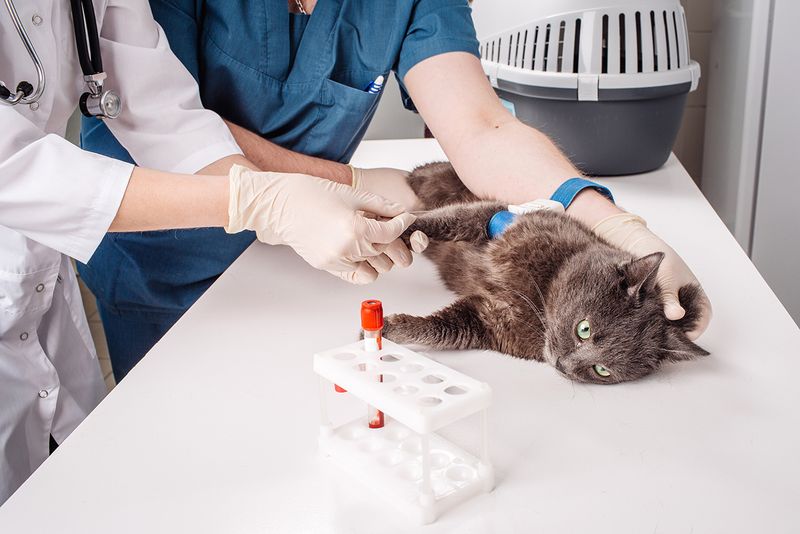
Toxoplasmosis is an infection caused by the Toxoplasma gondii parasite. Cats often contract it through ingesting infected prey. Symptoms can be subtle, including fever and lethargy. Pregnant women and immunocompromised individuals should take extra precautions as the parasite can affect humans.
Preventing toxoplasmosis involves keeping cats indoors and feeding them commercial cat food. Regular vet check-ups and maintaining cleanliness in the litter box area are essential. Monitoring your cat for behavioral changes helps identify potential infections, ensuring timely treatment and reducing risk to humans.
Liver Disease
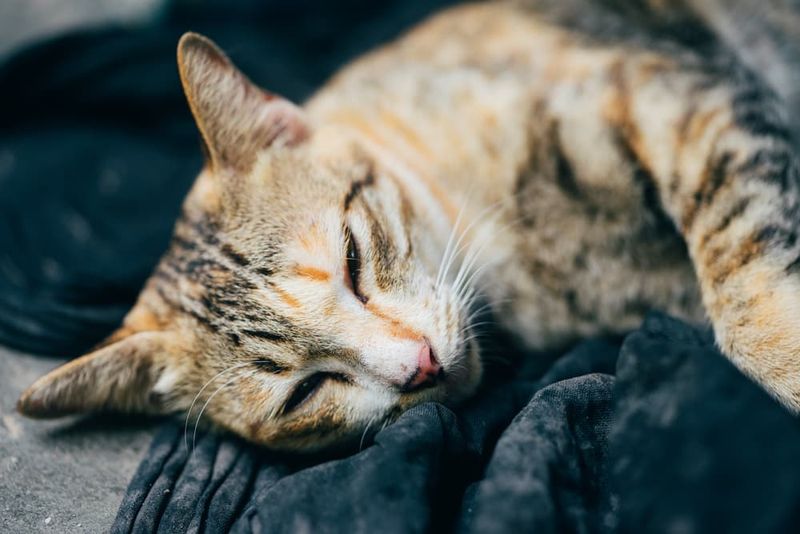
Liver Disease in cats can stem from various causes, including infections, toxins, and metabolic disorders. Symptoms include jaundice, vomiting, and lack of appetite. Early detection through blood tests and ultrasounds is crucial for effective management.
Treatment depends on the underlying cause but often involves dietary changes and medications. Providing a balanced diet and avoiding exposure to toxins help prevent liver issues. Regular vet visits for liver function monitoring ensure any changes are promptly addressed. Caring for your cat’s liver health supports overall vitality and longevity.

